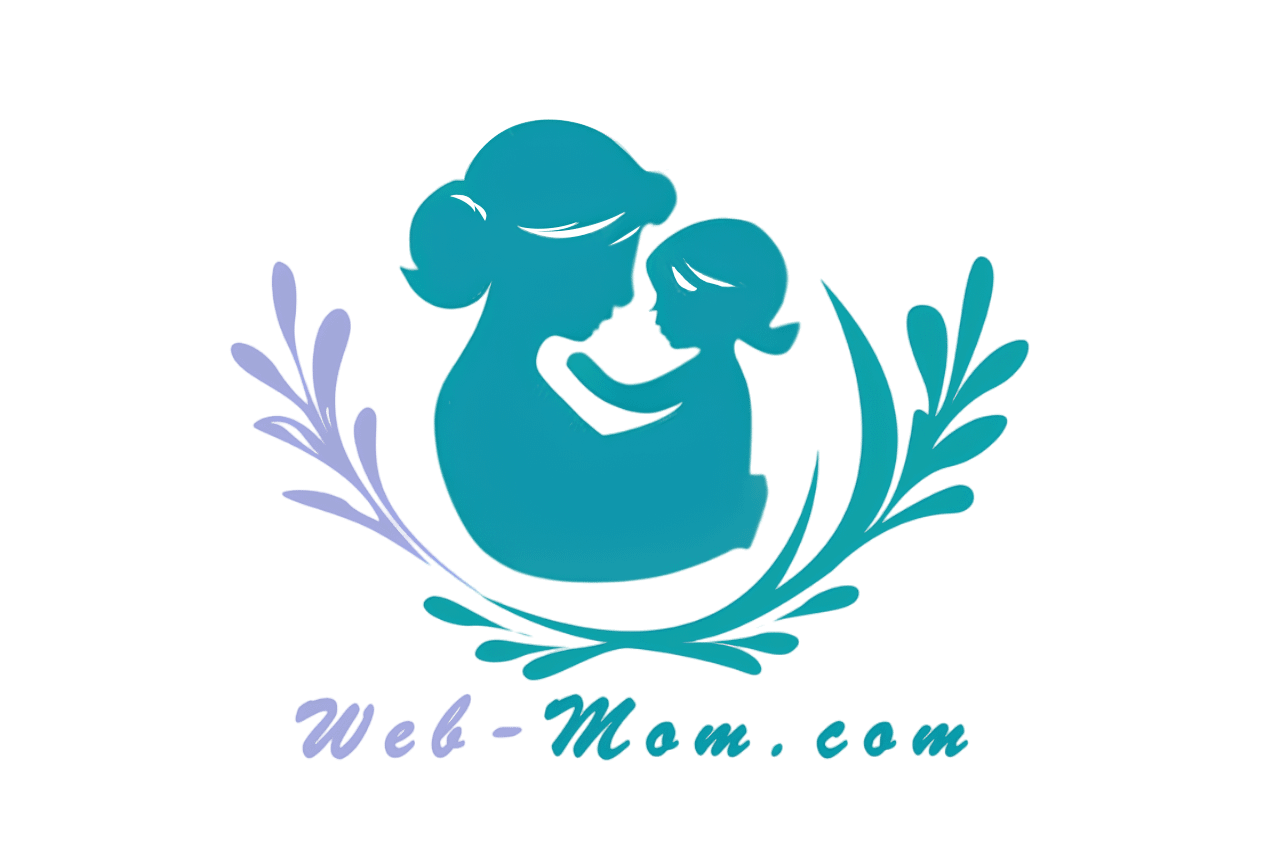
WEB-MOM – Choosing the right preschool for your child is a significant decision that can impact their early development and future learning experiences. At Web-Mom.com, we understand the importance of finding and Choose the Right Preschool that aligns with your child’s needs, your family’s values, and your educational goals. This comprehensive guide provides valuable insights and practical tips to help you make an informed choice.
“Discover essential tips for choosing the right preschool for your child, ensuring a positive and nurturing early learning experience.”
In this article, we’ll cover various factors to consider when selecting a preschool, including curriculum, teaching philosophy, location, and more. Whether you’re a first-time parent or looking to switch preschools, this guide will provide you with the information you need to find the best fit for your child.
Understanding Different Types of Preschools
Traditional Preschools
Traditional preschools often follow a structured curriculum with a focus on academic readiness. Here are some key features:
- Structured Curriculum: These preschools typically have a set curriculum that includes activities to develop basic academic skills, such as reading, writing, and math.
- Classroom Environment: The classroom environment is often organized with designated areas for different activities, such as reading corners, art stations, and play areas.
- Teacher-Led Activities: Activities are usually led by teachers, with a focus on group instruction and individual learning tasks.
Montessori Preschools
Montessori preschools follow the educational philosophy of Dr. Maria Montessori, emphasizing child-led learning and hands-on activities. Key features include:
- Child-Centered Approach: Children have the freedom to choose their activities and work at their own pace, fostering independence and self-motivation.
- Mixed-Age Classrooms: Classrooms often include children of different ages, encouraging peer learning and collaboration.
- Prepared Environment: The classroom is carefully designed with materials that promote exploration and discovery.
Reggio Emilia Preschools
The Reggio Emilia approach focuses on child-directed learning, creativity, and community involvement. Key features include:
- Project-Based Learning: Children engage in long-term projects based on their interests, encouraging in-depth exploration and critical thinking.
- Collaboration: Emphasis is placed on collaboration between children, teachers, and parents, creating a strong sense of community.
- Environment as the Third Teacher: The physical environment is designed to be welcoming and stimulating, with natural materials and open-ended resources.
Waldorf Preschools
Waldorf preschools follow the educational principles of Rudolf Steiner, focusing on holistic development and imaginative play. Key features include:
- Creative Play: Emphasis on imaginative play, artistic activities, and storytelling to foster creativity and emotional development.
- Rhythmic Structure: The daily routine follows a predictable rhythm, with activities like circle time, outdoor play, and hands-on crafts.
- Natural Materials: Classrooms are equipped with natural materials, such as wooden toys, wool, and silk, to create a warm and nurturing environment.
Factors to Consider When Choosing a Preschool
Curriculum and Learning Approach
The curriculum and learning approach are critical factors in choosing a preschool. Here are some questions to consider:
- What is the school’s educational philosophy?: Understand the school’s approach to teaching and learning, and see if it aligns with your values and your child’s needs.
- What subjects and activities are included in the curriculum?: Look for a balanced curriculum that includes academics, arts, physical education, and social-emotional development.
- How is progress assessed?: Find out how the school tracks and assesses your child’s development and learning progress.
Teacher Qualifications and Student-Teacher Ratio
The qualifications and experience of the teachers can significantly impact your child’s preschool experience. Consider the following:
- What are the teachers’ qualifications and training?: Ensure the teachers have the appropriate education and training in early childhood education.
- What is the student-teacher ratio?: A low student-teacher ratio allows for more individualized attention and support for each child.
- How do teachers interact with the children?: Observe the teachers’ interactions with the children to ensure they are positive, nurturing, and respectful.
Location and Schedule
The location and schedule of the preschool should fit your family’s needs and lifestyle. Here are some factors to consider:
- Is the preschool conveniently located?: Choose a preschool that is easily accessible from your home or workplace.
- What are the school hours?: Ensure the school’s hours align with your schedule, including before and aftercare options if needed.
- Is there flexibility in the schedule?: Look for options that accommodate part-time or full-time attendance based on your needs.
Facilities and Environment
The preschool environment should be safe, welcoming, and conducive to learning. Consider the following:
- Are the facilities clean and well-maintained?: Ensure the preschool is clean, safe, and well-kept.
- Is the environment stimulating and engaging?: Look for a classroom environment that is inviting, with a variety of materials and resources for exploration and play.
- Is there outdoor space?: Outdoor play is essential for physical development and well-being. Check if the preschool has a safe and accessible outdoor area.
Visiting and Evaluating Preschools
Scheduling Visits
Visiting potential preschools is a crucial step in the decision-making process. Here are some tips for scheduling visits:
- Call Ahead: Schedule visits in advance to ensure you have ample time to observe the classroom and ask questions.
- Visit During Class Time: Visiting during class time allows you to see the teachers and children in action and get a feel for the daily routine.
- Take Notes: Bring a notebook to jot down your observations and any questions that arise during the visit.
Observing the Classroom
During your visit, pay close attention to the classroom environment and interactions. Here are some things to look for:
- Classroom Setup: Observe how the classroom is organized, including the arrangement of furniture, materials, and activity areas.
- Teacher-Child Interactions: Watch how teachers interact with the children. Look for positive, respectful, and supportive interactions.
- Child Engagement: Notice if the children are engaged and actively participating in activities. Look for a mix of individual, small group, and whole group activities.
Asking Questions
Prepare a list of questions to ask during your visit to gather important information. Here are some questions to consider:
- What is the school’s educational philosophy and approach to learning?
- What is the daily schedule like?
- How do teachers support children’s social-emotional development?
- What are the school’s policies on discipline and behavior management?
- How does the school communicate with parents?
- Are meals and snacks provided, and if so, what is the nutrition policy?
Making the Final Decision, Choose the Right Preschool
Weighing Pros and Cons
After visiting and evaluating potential preschools, take the time to weigh the pros and cons of each option. Consider factors such as curriculum, teacher qualifications, location, facilities, and your overall impressions during the visit.
Trusting Your Instincts
Trust your instincts when making the final decision. Choose a preschool where you feel confident that your child will be happy, safe, and well-cared-for. Remember that you know your child best and can make the best decision for their needs and well-being.
Preparing for the Transition
Once you have chosen a preschool, it’s important to prepare your child for the transition. Here are some tips to help ease the transition:
- Talk About Preschool: Discuss what preschool will be like, including the activities, teachers, and new friends they will meet.
- Visit the School Together: If possible, visit the preschool together with your child before their first day to help them become familiar with the environment.
- Establish a Routine: Establish a consistent daily routine leading up to the start of preschool to help your child adjust to the new schedule.
Supporting Your Child’s Preschool Experience
Staying Involved
Staying involved in your child’s preschool experience is crucial for their development and success. Here are some ways to stay engaged:
- Communicate with Teachers: Maintain open communication with your child’s teachers to stay informed about their progress and any concerns.
- Participate in School Activities: Attend school events, parent-teacher conferences, and volunteer opportunities to stay connected with the school community.
- Support Learning at Home: Reinforce what your child is learning at preschool by engaging in related activities at home, such as reading together, doing arts and crafts, and exploring nature.
Encouraging Social Development
Preschool is a critical time for social development. Here are some ways to support your child’s social skills:
- Encourage Playdates: Arrange playdates with other children from preschool to help your child build friendships and practice social skills.
- Model Positive Behavior: Model positive social behaviors, such as sharing, taking turns, and resolving conflicts peacefully.
- Discuss Social Situations: Talk with your child about social situations they encounter at preschool and offer guidance on how to navigate them.
Conclusion
Choosing the right preschool for your child is an important decision that can set the foundation for their future learning and development. At Web-Mom.com, we hope this comprehensive guide provides you with valuable insights and practical tips to make an informed choice. Remember, every child is unique, and the best preschool for one child may not be the best for another. Trust your instincts, consider your child’s needs and your family’s values, and take the time to find a preschool where your child will thrive.
Thank you for visiting Web-Mom.com. We hope you find our articles helpful and inspiring as you navigate the journey of parenthood and early childhood education.

Web-Mom.com is a small blog, where you can find information to be a better parents. From parent to parents 🙂
Site Links
About Web-Mom
We always thinking, what will other parents do? How can they do it? So here we are, writing article from parents around the world. We know, you know.
Copyright 2024 web-mom.com


